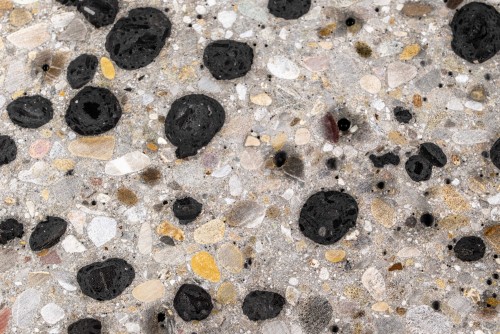The world has never had better medicine, more knowledgeable doctors or stronger data on disease. But these benefits are not equally shared. To take one conspicuous example: two years of data from the Centers for Disease Control and Prevention show that Black, Hispanic and Native American people are significantly more likely to be hospitalized and die from COVID than white people in the U.S.
Health inequity includes the lack of access to appropriate care, the failure to address social factors that influence health, and the dangerous conditions that people in some neighborhoods endure. Achieving equity requires campaigns on all these fronts. These four health-care champions—a data-digging epidemiologist, an activist midwife, a doctor who traded clinic work for community activism and a pollution-tracking entrepreneur—embody that effort. —J.H.
The Social Rules of Health
Michael Marmot
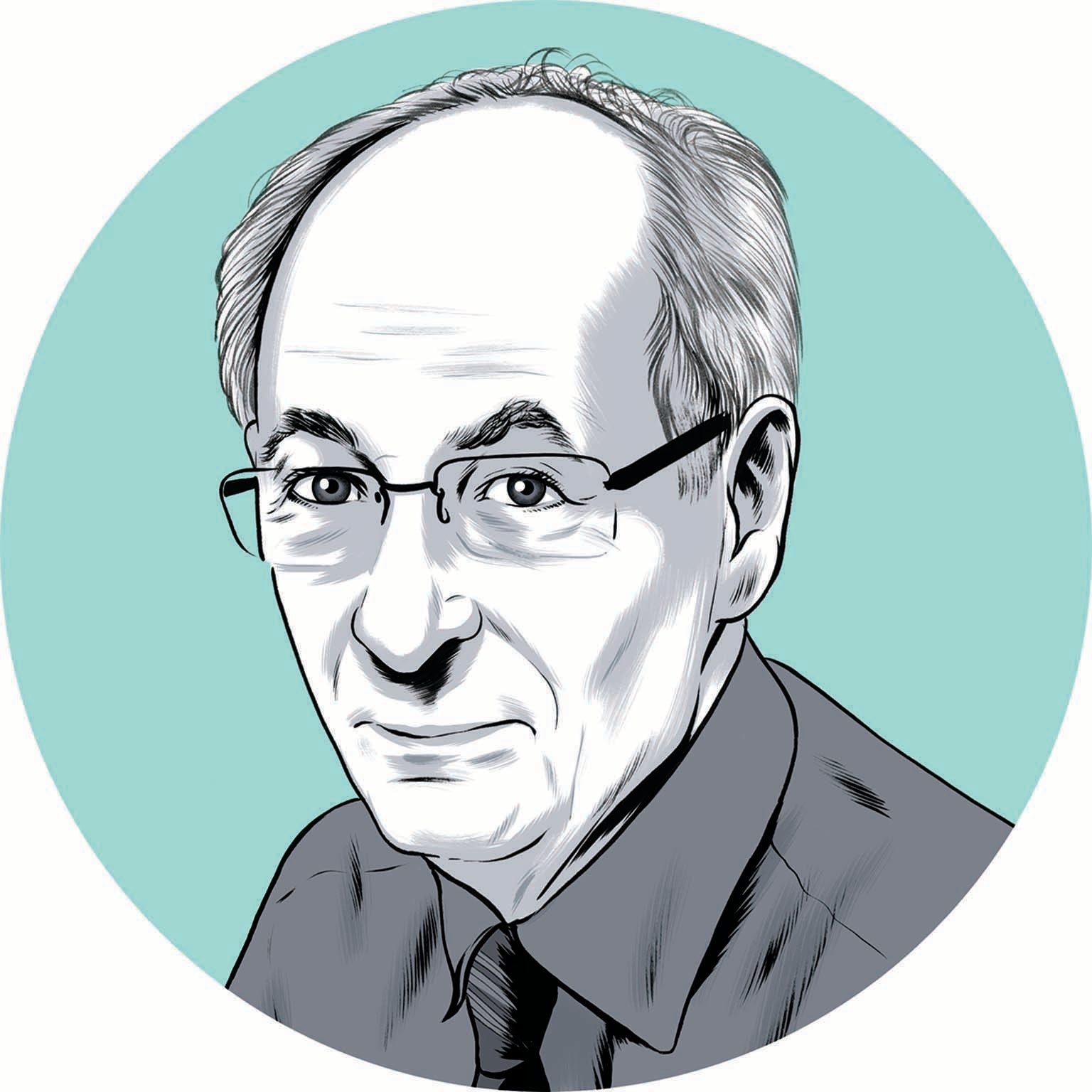
Michael Marmot has spent his entire life working with data—finding, analyzing and applying them. When he was 12, his focus was cricket statistics. When he was a student, it was branches of medicine; he mastered biochemistry, physiology and epidemiology. And when he was a physician in the 1960s in Sydney, it was his patients. Marmot was fascinated by what united or differentiated them, as if they, too, were a data set.
Marmot’s mindset would eventually influence millions of other physicians by inspiring tools to identify the social determinants of health. Back then there was no such framework. “There was this idea that the social conditions that so clearly affected patients’ health were out of the reach of doctors,” he says. When he thought about an immigrant mother who was abused by her husband and struggled with chronic pain or about a young woman who had had a difficult childhood and now experienced depression, he wondered: Why treat people and then send them back into the situation that made them sick?
In 1971 Marmot pivoted to research, pursuing a Ph.D. at the University of California, Berkeley, to study coronary heart disease (CHD). Textbooks at the time blamed it on behavioral factors such as diet and smoking, but Marmot suspected stress and social factors contributed, too. His 1976 analysis of medical records from Japanese American men confirmed it—the men with the most Westernized lifestyles had rates of CHD three to five times higher than those of men with more traditional Japanese lifestyles, a difference not explained by food or tobacco.
His Whitehall studies in the late 1970s and 1980s similarly revealed that the health of British civil servants was related to factors such as income and job satisfaction. Marmot found that the lower employees were in their workplace hierarchy, the higher their risk of dying from heart disease.
Over the next 30 years Marmot amassed more insights and data. In 2012, for instance, he found that the strongest predictors of health for adolescents are national wealth, income inequality and access to education. His work established and legitimized the phrase “social determinants of health” in health policy and medical circles.
Marmot’s approach changed how physicians, public health experts and governments think about health inequity. In 2008 the U.K. secretary of state for health asked him to investigate health gaps. The resulting “Marmot Review” revealed that injustice degrades the health of nearly all U.K. citizens and is preventable.
Because of Marmot’s influence, physicians today have ways both to talk about social conditions and to address them through community partnerships—a practice called social prescribing. “Understanding the social determinants of health ensures you focus on what matters to patients rather than just what the matter is with them,” says Sam Everington, a general practitioner at the Bromley by Bow Center in London, who pioneered social prescribing and cites Marmot’s work as crucial for training doctors.
Today Marmot directs the University College London Institute of Health Equity. His work has been cited more than 250,000 times. His Review has spread, from the eastern Mediterranean in 2019 to Manchester in 2021. His focus is still on data: “Health equity comes from greater equity in society,” he says.
Delivering Equity at Birth
Shafia Monroe
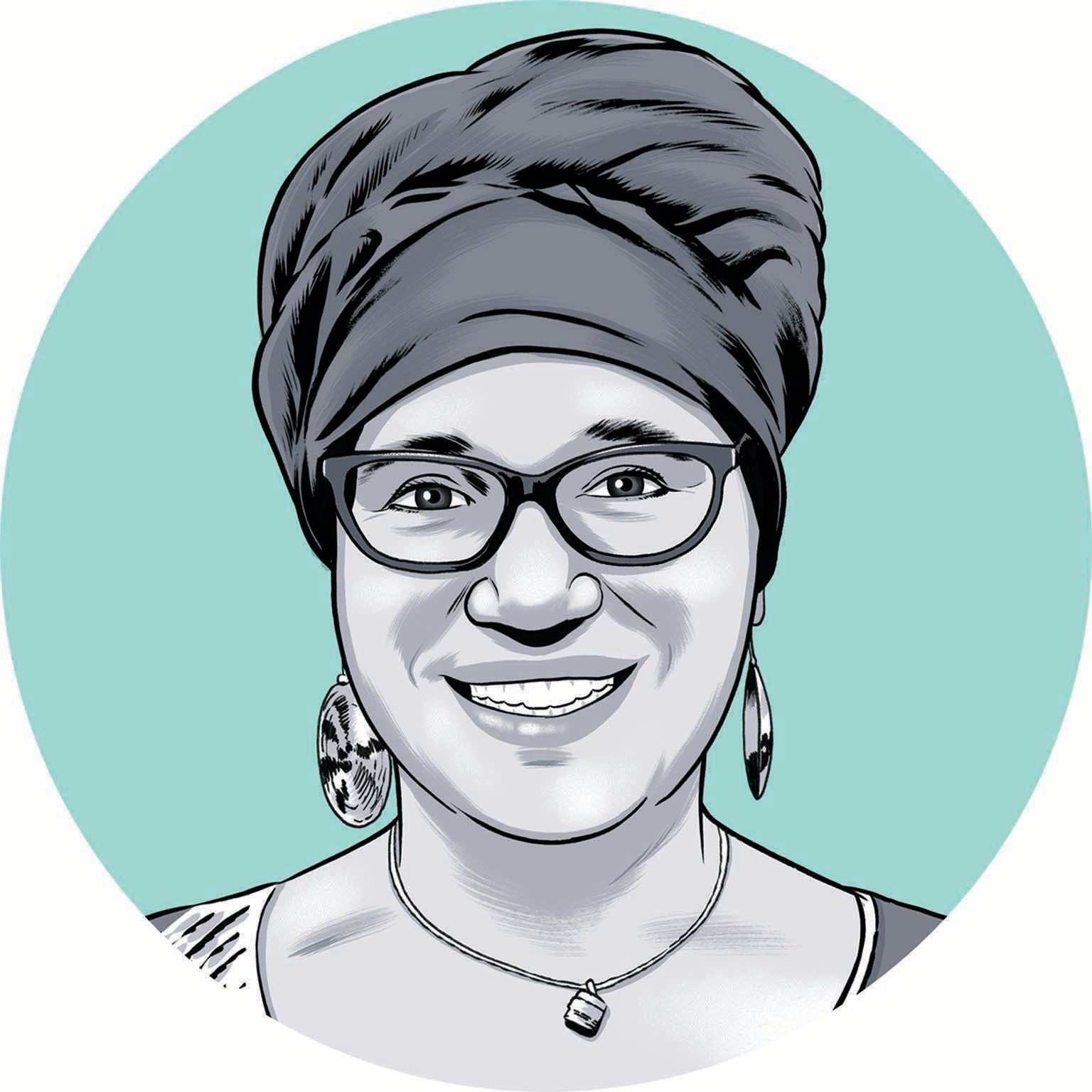
As a teenager in Boston in the 1970s, Shafia Monroe learned a startling fact: Black infants were more likely to die than babies of any other race. And there seemed to be no urgency in the scientific community to address the disparity. “We’ve got Harvard [and] Tufts, and nobody’s doing anything,” she remembers thinking.
This early knowledge sparked a lifetime’s work in expanding Black mothers’ access to doulas and midwives—caregivers who help mothers with practical and emotional support during labor and delivery. For this work, Monroe has come to be recognized as the mother of the Black midwives’ movement.
Because Black women are frequently misdiagnosed, mistreated and racially stigmatized in health care, they and their babies are more likely to die in childbirth. Inspired by Black women known as “granny” midwives who helped mothers like them in the postemancipation South, Monroe trained as a midwife herself and realized something important: if more Black mothers could get one-on-one birth support from other Black women, they and their babies might be healthier.
She did not yet have empirical proof, but she knew Black women wanted support from other women of color—either midwives, for at-home births, or doulas, for hospital births. In 1978 Monroe formed the nonprofit Traditional Childbearing Group, and she soon began working with similar professionals from Ghana, Uganda, Pakistan and Alabama. Together they trained midwives, taught $5 birthing classes, provided breastfeeding information and supported at-home births. In 1988 the Massachusetts Department of Public Health started funding their work. “Doctors were calling us up because people were having better birth outcomes,” Monroe recounts.
Since then, research has affirmed her observations. In 2007 a comparative analysis of birth outcomes among more than 11,000 women found that second-time mothers with doula support had lower rates of cesarean deliveries. A smaller study in 2017 found that women with doulas had lower rates of preterm birth and of low-birthweight infants.
In 1991 Monroe launched the International Center for Traditional Childbearing (ICTC), which has trained more than 2,000 doulas. In 2011 she helped Oregon pass legislation that reimbursed doulas through Medicaid. Other states are following suit.
“Community-competent and culturally and structurally competent doulas can help make the labor room safer for a birthing woman,” says Arline Geronimus, a research professor at the University of Michigan Population Studies Center, whose work has demonstrated the health burden of racial discrimination on Black mothers. She praises the ICTC for training doulas who are more likely to be trustworthy to women of color, as well as its policy work to allow those with low incomes to access doula services.
Inequity persists, however; compared with their white counterparts, Black infants are 2.3 times more likely to die, and Black women are 3.5 times more likely to die of pregnancy-related causes. So Monroe’s work continues through actions such as advocating for an Alabama bill to expand access to traditional midwife care, as well as mentoring others fighting for birth justice. “I was alone for many years, but the movement has birthed itself into the next generation,” she says.
Treating Inequity as Disease
Vera Cordeiro
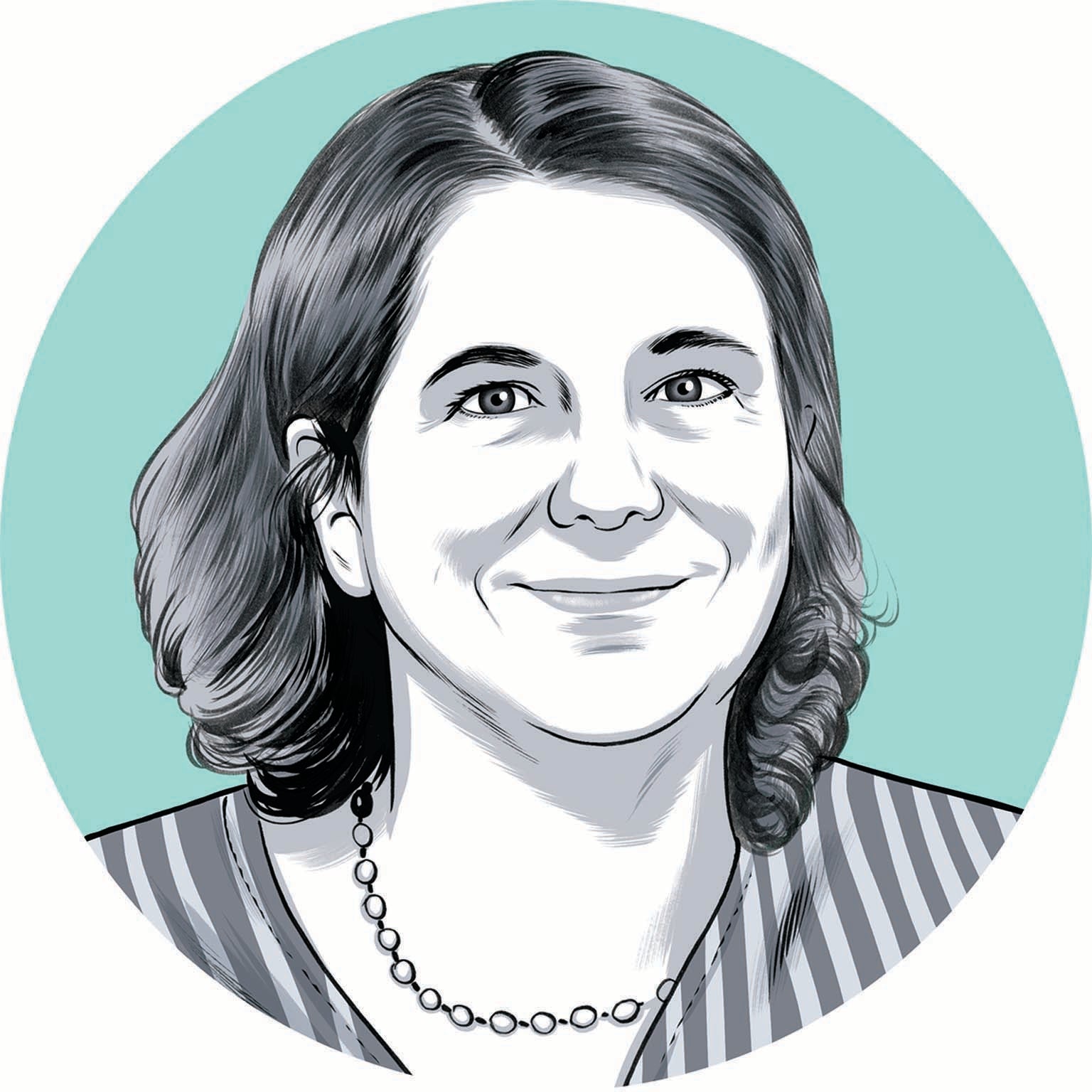
Vera Cordeiro founded one of the world’s most influential health programs, but as a child she never wanted to go near medicine. She loved art and literature, spending her days writing poetry in her treehouse and reflecting on the ways she, born into a wealthy family outside Rio de Janeiro, experienced life differently from her neighbors—many of them sick and poor.
Following family pressure, Cordeiro went to medical school, where she met a professor equally interested in people. If someone died of a heart attack, that professor would encourage his students to consider how circumstances such as the patient’s marriage or job affected their illness. In 1988, while working in the pediatric ward of Rio’s Hospital da Lagoa, Cordeiro saw for herself how life and medicine intertwine.
“We’d treat a child for pneumonia, but then we’d send her back to a house where she could not eat well or where her father was jobless, and then she’d come back again with a different infection,” Cordeiro says. Other doctors faced the same frustrations, so she started asking her patients nonmedical questions such as whether they had food or clean water or jobs, and she called on other medical professionals and friends to help them.
In 1991 she turned that informal practice into a formal organization by founding Associação Saúde Criança Renascer at the hospital. Through the association, doctors can screen for poverty, unemployment, housing issues and other root causes of disease, and volunteers help to fulfill those needs with money, food and other resources. The teams also help the parents develop Family Action Plans, setting long-term goals around things such as access to nutritious food and training for a stable job.
“Saúde Criança is a pioneer in the design and delivery of comprehensive antipoverty programs,” says James Habyarimana of Georgetown University, a public policy professor specializing in health outcomes. He praises the organization for recognizing how one dimension of poverty, such as income, affects other dimensions, such as housing, which together determine a child’s health. He says it could be replicated in all but the poorest parts of the world.
Children who were enrolled in the program were significantly less likely to need surgery or clinical treatment, according to Habyarimana’s 2013 study. If they were hospitalized, their stays were 86 percent shorter than other children’s. At the start of the program 56 percent of families identified their well-being as bad or very bad, but by the end 51 percent reported it was good or very good.
That success might explain why the organization, now called the Dara Institute, has grown rapidly. It has served 75,000 people across Brazil and inspired some 20 programs in Africa, Asia and Latin America. It has even reached Baltimore, where, since 2017, the University of Maryland has been adapting Dara’s methods to its local context.
Now 71, Cordeiro is president of the Dara Institute and is still fighting for the person behind the disease. She shows before-and-after photographs of patients’ houses—bathrooms once dilapidated and doors once cracked now renovated, allowing families to live with more dignity in their homes—and says their stories keep her going: “People move my heart.”
The Air We Breathe
Davida Herzl
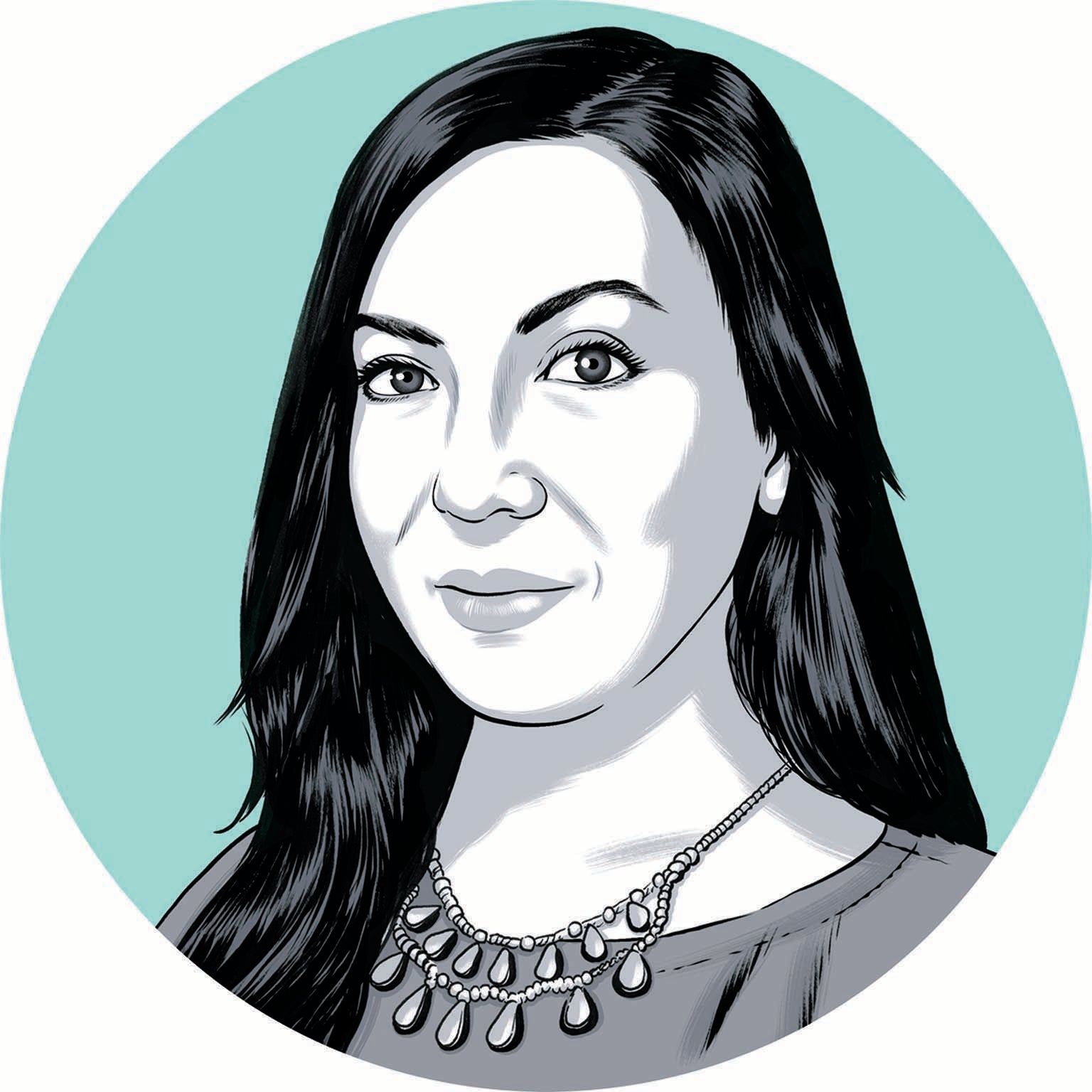
Growing up in southern California, Davida Herzl used to look out to the Port of Long Beach with her parents, who ran a supply-chain business, to watch the container ships come in. She wondered how those ships’ emissions affected people living nearby. “You see the underbelly of what it takes to live our lives with convenience,” she says now.
As an adult, Herzl created a powerful sensor-based pollution-measurement system to prove what many people suspected: poor neighborhoods have poor air.
The social justice component of her work took root long ago, she says, when she was growing up as a multiracial Jewish girl with a belief that everyone is entitled to clean air. But it was not until 2008 that she found a way to act. A landmark study published that year linked air pollution with premature mortality and a range of illnesses, including asthma, respiratory infections, lung cancer and heart disease. Those consequences disproportionately affect communities of color, subsequent research found.
The entrepreneur in Herzl emerged shortly after. Despite pressure to reduce emissions, most stakeholders did not know how to address the problem. “We were completely missing the data and measurement infrastructure to understand two very critical things: Where are emissions coming from, and who are they impacting?” she says. In 2010 Herzl launched Aclima, a technology company that uses sensors to measure air pollution and greenhouse gases at the hyperlocal level. Aclima creates high-resolution air-quality maps by aggregating data points over time, showing where, for instance, carbon dioxide or carbon monoxide is concentrated.
Aclima has teamed up with governments and local organizers that use the resulting data maps to catalyze action. In 2015 a project with NASA, the U.S. Environmental Protection Agency and Google used Aclima sensors on Google Street View vehicles to carry out a comprehensive air-quality analysis in Denver. In 2019 a similar effort in San Diego revealed high concentrations of fine particulate matter and black carbon in Otay Mesa and San Ysidro, communities with busy border ports. Those two pollutants are associated with lung and heart dysfunction and poor cognitive function. That same year a block-by-block analysis of West Oakland measured especially high levels of nitrogen dioxide in Marcus Garvey Commons and near the Mandela Parkway, where some of the highest poverty rates in the Bay Area are found.
“The work being done by Herzl with local organizations is so important because it helps to identify which communities should be prioritized when creating policies to reduce pollution exposure,” says David Reichmuth, senior engineer at the Union of Concerned Scientists. His 2019 report demonstrated that in California, Latinos, African Americans and Asian Americans are exposed to more vehicular pollution than are white people.
Reichmuth points to West Oakland, where Aclima’s air-quality analysis was used by community groups such as the West Oakland Environmental Indicators Project to generate a plan designed to reduce emissions.
With these and other initiatives, data lead the conversation, Herzl says: “It’s less about finger-pointing and more about saying, ‘Here’s the science. What are we collectively going to do about it?’”
This article is part of “Innovations In: Health Equity,” an editorially independent special report that was produced with financial support from Takeda Pharmaceuticals.















































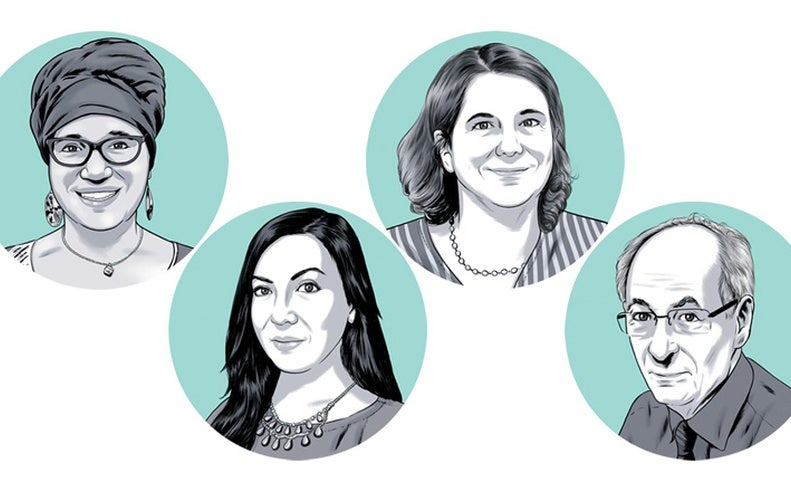


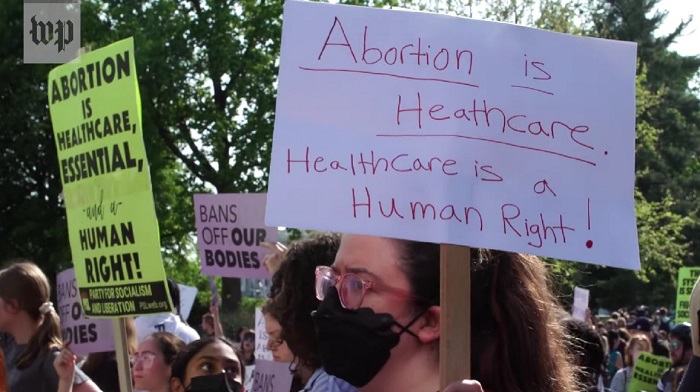


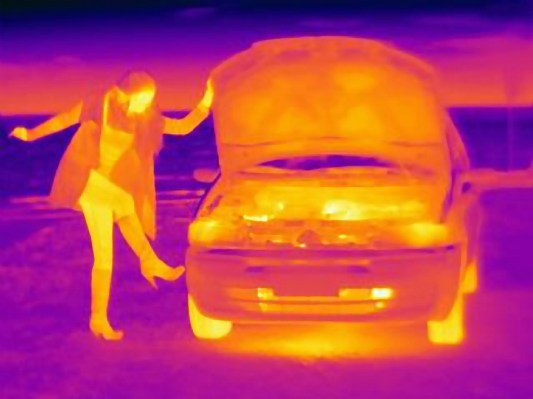

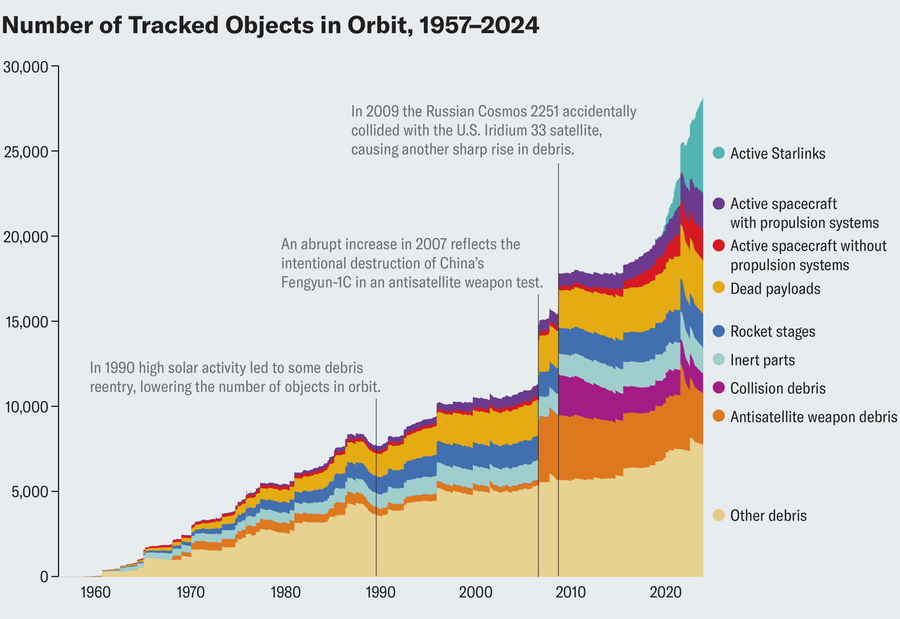
![[PHOTO] Dr. Oz’s ‘Lost’ Meme Triggers Damon Lindelof Response [PHOTO] Dr. Oz’s ‘Lost’ Meme Triggers Damon Lindelof Response](https://tvline.com/wp-content/uploads/2022/07/dr-oz-lost.jpg?w=620)

